A new study of the animal remains at central Spain’s Abrigo de la Malia rock shelter contradicts long-standing assumptions about early human activity in the interior of the Iberian Peninsula. The research, published in Quaternary Science Advances and carried out by CENIEH’s Edgar Téllez, confirms that Homo sapiens settled in the Meseta Central far earlier than previously assumed, with incredible adaptability to harsh climates.

Scholars used to think that after Neanderthals disappeared, central Iberia had no inhabitants until the end of the Last Glacial Period, around 20,000 years ago. Most of the archaeological work on Iberia had been done along the coastal regions, where there are a large number of Upper Paleolithic sites providing detailed evidence of subsistence and cultural practices. The Meseta was thought to be unsuitable, believed to have too few resources to support human populations.
The Abrigo de la Malia site in Tamajón (Guadalajara) completely reverses this image. Evidence from the faunal remains points towards multiple human occupations between 36,200–26,260 years ago, during the Aurignacian and Gravettian periods. The analysis confirms that these occupations were prolonged for at least 10,000 years, despite the broad climatic fluctuations during Marine Isotope Stage 3.
The human groups inhabiting the site were skilled hunters of medium- and large-sized ungulates, like deer, wild horses, bison, and chamois. Bone cut marks on the specimens provide evidence of organized butchery, and traces of minimal carnivorous activity point toward human control of the area. The shelter was used as a temporary hunting camp rather than as a permanent settlement, strategically occupied during seasonal expeditions.

Selective hunting practices have left records indicating advanced environmental knowledge. Prime-aged deer were selectively targeted, with coordinated horse and bison hunting indicating a group strategy. Chamois bones provide testimony to their proficiency in mountain environments, demonstrating adaptability within forested, grassland, and rugged terrain. These strategies required understanding animal behavior and seasonal movements, likely passed on through cultural tradition.
In spite of the challenging climate in the Meseta, these populations successfully exploited resources. Mobility and adaptive strategies allowed them to occupy regions once thought too extreme to support human populations. The evidence suggests that any gaps in the archaeological record may be the result of a research bias towards coastal regions rather than the actual absence of populations.
The repeated 10,000-year occupation also permits cultural continuity. Tool technology and hunting strategies persisted unchanged through environmental fluctuation, exhibiting successful adaptation without major behavioral change. Abrigo de la Malia thus presents a new picture of early Homo sapiens inland in Iberia, highlighting their capability for environmental management, strategic planning, and flexible subsistence.
These discoveries give momentum to new research into interior zones previously considered marginal. Planned excavations within the Tamajón cave system may uncover further proof of the sophisticated adaptation strategies of early modern humans, rewriting the understanding of Upper Paleolithic life across central Iberia and beyond.



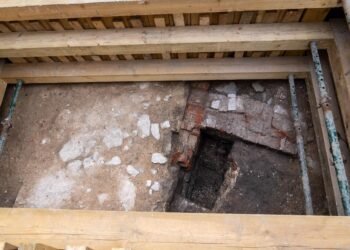

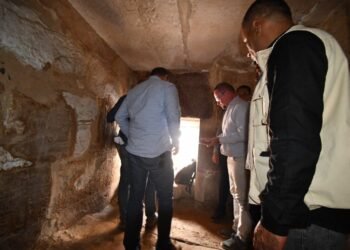
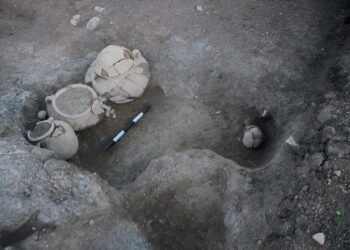
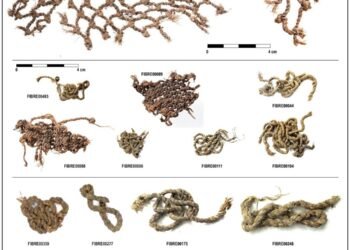
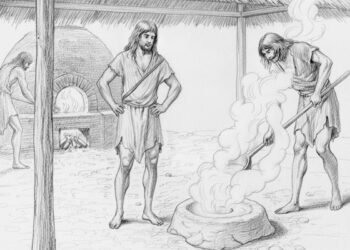















Comments 0